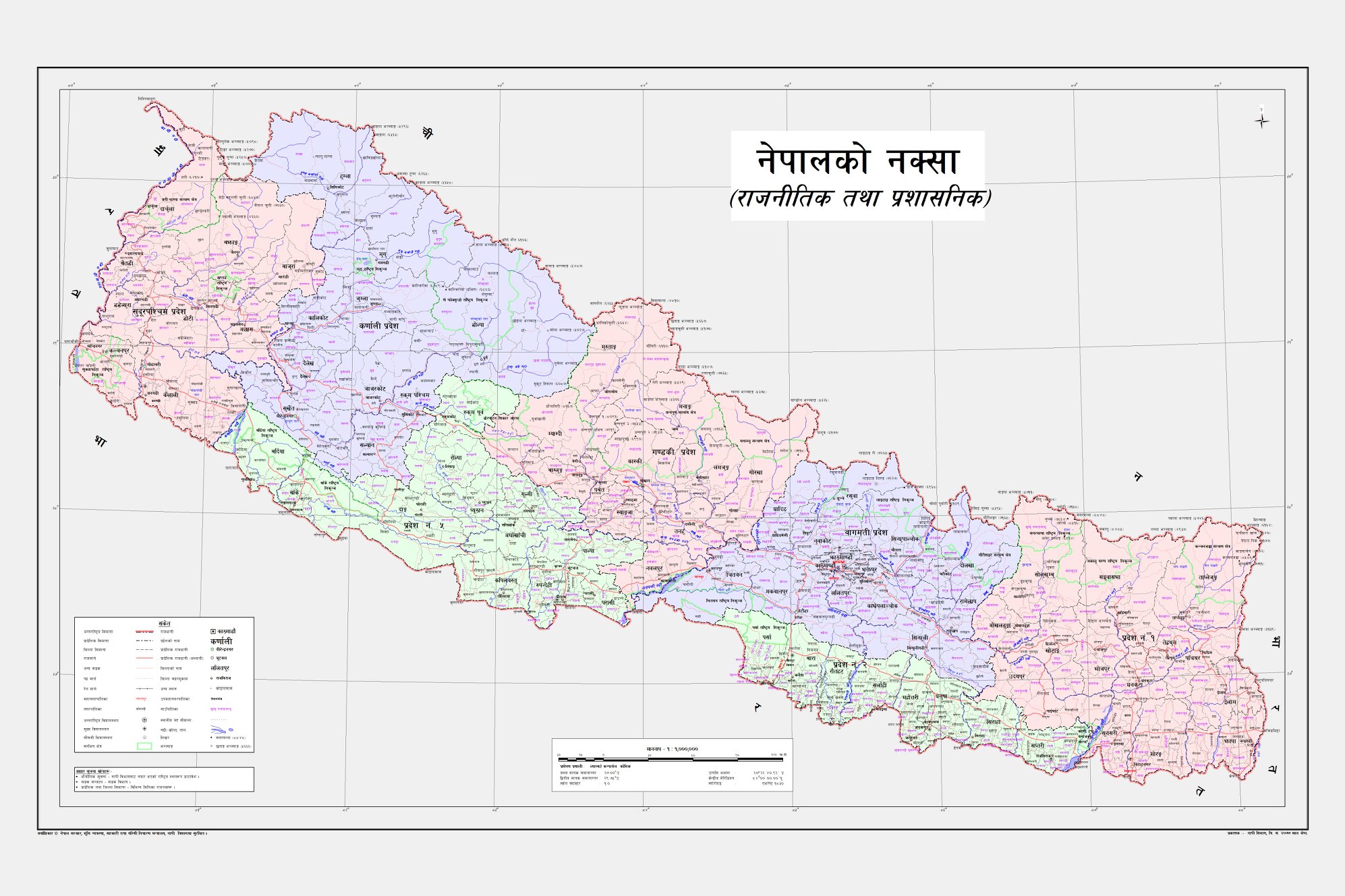Nepal has continuously been endorsing ‘non-aligned’ foreign policy. However, it has suffered a lot from the geopolitical situation of being sandwiched between two giant countries, China and India. It should indeed be advantageous for Nepal from these neighbours’ booming economy, but Nepal has witnessed several direct and indirect meddling of these countries into its socio-political affairs.
The external encroachment and power exertion over an independent nation-state have many implications. It has mainly contributed to the political style of thought. Nepal has currently been highly sceptical of its relations to two competing world powers: China and India. The issue of border security and national sovereignty has become the pressing one at present.
There are many instances of how Nepali governments have been under the influence of foreign power centres. The Comprehensive Peace Accord is an example of foreign meddling over Nepal’s internal politics. Political analysts often argue that the deal was betrayal and imposition of foreign interests in Nepali politics. Yubaraj Ghimire, a senior journalist, in recently televised The Bravo Delta Show, stated that that Peace Accord was an outcome of India’s interest in federalism and America’s interest in secularism.
He further said the accord was ironical as the signatories in it are not oppositions but the allied political parties which together demonstrated against King Gyanendra. The manipulation in the Peace Accord is evident as King Gyanendra, a supposed political enemy, is not a part of the Comprehensive Peace Accord. Instead, it was signed by the Unified Communist Party of Nepal and Nepal’s government in New Delhi.

Nepal’s wounded autonomy and sovereignty along with foreign encroachment have invited insecurity and mistrust in its international relations with other countries. The economic blockade caused by India in 2015 has strained the India-Nepal bilateral ties and generated anti-Indian sentiments in Nepal. It was further worsened by the inauguration of an 80-km-long road connecting Lipulekh pass with Dharchula of Uttarakhand by Indian Defence Minister Rajnath Singh on May 8, 2020. It later incited a cartographic war between Nepal and India as Nepal claimed its territory based on historical facts. Nepal, for the first time in history, asserted its firm stance on the territory of Kalapani, Lipulekh, and Limpiyadhura.
Unnecessary surveillance, meddling, and the imposition of agenda by the neighbouring giants in Nepal’s decision-making process have deeply wounded its agency and autonomy. Therefore, Nepal seems to be hesitating in receiving foreign aids like the MCC and the BRI. It is now susceptible of obligations such aids may create in the future. Hence, paranoia has been a dominant and defining feature of Nepali politics in recent years.
Paranoia for Richard Hofstadter is “a way of seeing the world and of expressing oneself”. Nepalis have developed a view for the neighbouring countries that they have always been the tragic scene creators in Nepali politics. Thus, Nepal has often compromised its sovereignty in different bilateral agreements.
Moreover, Nepali subjects have witnessed many political changes ranging from the Rana regime to democracy, Panchayat, democracy again and the federal republicanism. All these pollical systems cause no more than anxiety among people. The inefficacy of present government in the deliverance of good governance has further contributed to the paranoia of people. They had a lot of aspirations concerning development and prosperity from the Oli government which came to power on the nationalism mantra.
People’s faith in a stable government has been deeply distressed by the dissolution of the House of Representatives recently. They have now become sceptical of any political force that would claim driving the country to development and good governance.

People are highly critical of Research and Analysis Wing chief Samanta Goel’s visit and secret meeting with the Prime Minister KP Oli. There was another high-level visit from India to Nepal on the eve of the House dissolution: that of Manoj Mukund Naravane, the army chief of India. Likewise, Chinese Ambassador to Nepal, Hou Yanqi, had intensified her meeting with political leaders of the Nepal Communist Party including President Bidya Devi Bhandari when an intra-party dispute in the ruling party exacerbated to the point of the split.
Besides, China shown its additional interest in Nepal as Guo Yezhou, the vice-minister of the International Department of the Communist Party of China (CPC), visited Nepal and met various leaders around the same time. These scenarios lucidly exhibit foreign meddling into Nepali politics furthering distrust and despair in the citizens towards the giant neighbours.
However, the government in the recent past has demonstrated some silver linings in its assertion of the autonomy of the nation. The inclusion of Kalapani, Lipulekh and Limpiyadhura in a renewed and legalised map of Nepal and the measurement of the height of the Mt Everest by the present government are of strategic significance. The slightly increased height of Mt Everest is symbolic that Nepal has achieved another level of stature in the international community.
But, in order to impart this message, the present government of Nepal and the Nepali politicians have yet to see themselves in opposition to the interest of neighbouring countries and resolve the current fiasco on its own.























